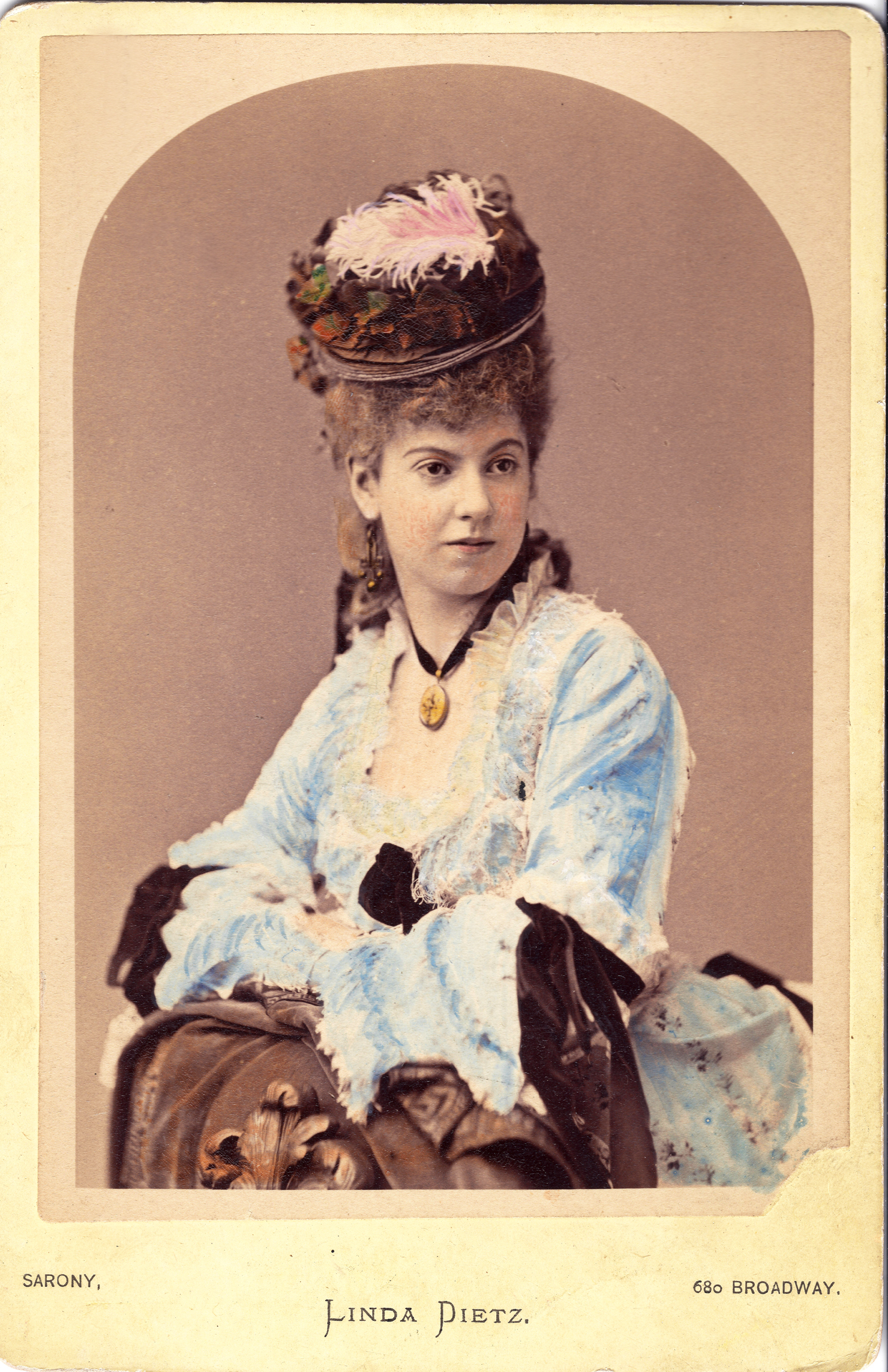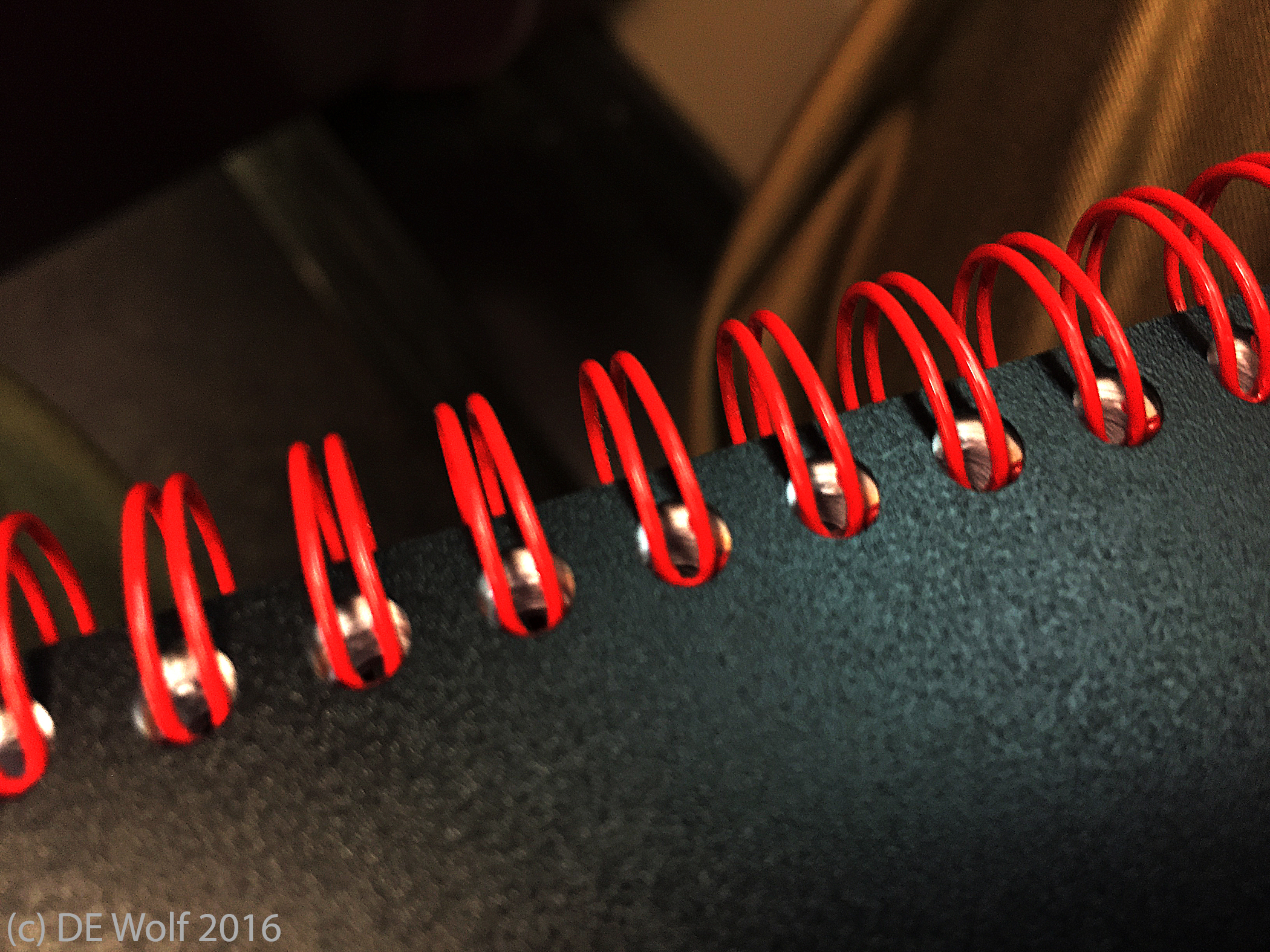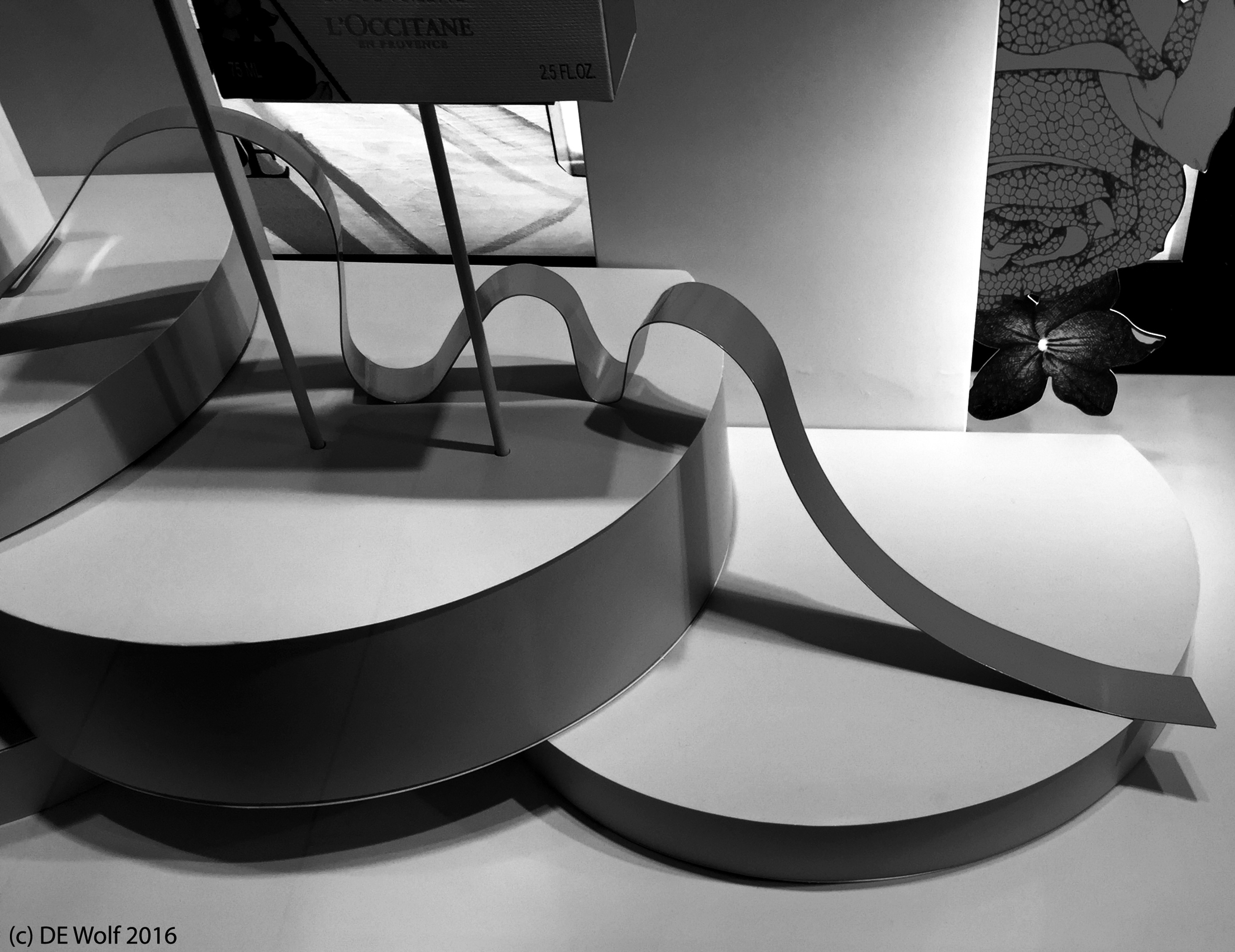I came upon the scene of Figure 1 while taking a walk at the mall the other day. It is, of course, another quirky IPhone photograph – a display of iridescent colored ribbons of plastic. It so fitted my mood, my desire for a vibrant splash of color. And it reminds me of Aram Khachaturian’s “Sabre Dance.” Intense music elicits an intensely personal visual image, and this may be completed with a photographic image.
Marc Gambier
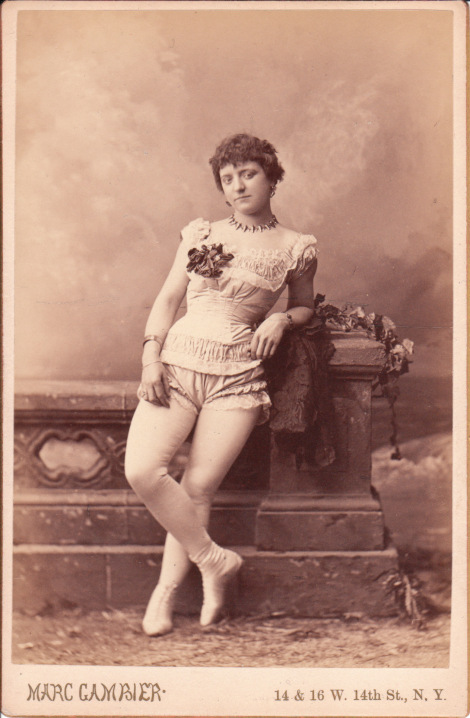
Figure 1 – Image by Marc Gambier of Rose Zazel, the “first female human canonball.” In the public domain in the United States because of its age.
Yesterday I discussed the work of Marc Gambier (1838-1900), who was the gre,at colorist for Napoleon Sarony. As with other people who were trained by Sarony, Gambier ultimately went on to open his own photographic studio. Gambier was trained in France as a draughtsman and miniature painter. He fled the unrest, and starvation, of the Franco-Prussian War, in which he fought in 1870. He came to the United States in 1871. In 1879 he formed a partnership with the painter J. J. Schlumberger, called “Marc & Schlum.” Two years later Schluberger left the business and Gambier remained in his Broadway Studio until financial difficulties forced him to focus on painting.Like Sarony, much of Gambier’s photographs were of Broadway celebrities. What is significant of his work is that while Sarony waited for his subjects to come to him, Gambier took his camera to the celebrity.
I could not resist illustrating this blog with a cabinet card portrait by Gambier of Miss Rose Zazel, who was the first female “human canonball.” Notice that she is wearing her namesake rose as well as the feminine touches of a necklace, bracelet, and earrings. And, of course, the costume was rather risque for the day. At one point, Rose toured with the PT Barnum Circus. Eventually, she unfortunately suffered a career ending injury, missing her safety net and breaking her back.
Tinted color from the Belle Époque
In the nineteenth century, the great failing of photography was the fact that it rendered a polychromatic world in mere black and white, And the first solution to this problem was to tint photographs with colored pigments by hand. These could be crayons, oil paints, pastels, and water-colors. Hand-coloring was an art onto itself, and there were great practitioners. Of course, artistic tastes have swung full circle, and today black and white photography is considered its own art form, one that exalts form and tonality uncontaminated by color.
It is believed that the first hand-colored daguerreotypes were the work of Swiss artist Johann Baptist Isenring. Isenring used a mixture of gum arabic and pigments to colour daguerreotypes. Colored powder was fixed on the delicate surface of the daguerreotype by the application of heat. Patents were filed on variations of this technique in 1842 by Richard Beard in England and by Étienne Lecchi in France, and subsequently in 1845 by Léotard de Leuze. From there, hand-coloring evolved with the medium. Albumin prints and lantern slides were hand-colored.
Figure 1 is a particularly gorgeous example of 1870’s hand-colored. Talented work always stands out. The image is of the actress Linda Dietz. It was taken by the great 19th century portraitist Napoleon Sarony, whom we have spoken about before, and is one of his famous Broadway Series, photographs of celebrities of the day. Given the quality and period of the work, it seems likely to have been done by Sarony’s master colorist, Marc Gambier.
The level of detail in the coloration amazes me. Notice for instance, the complexity of color in the feathers of the hat and the details of the gown. It is also of interest that the symmetry of the coloration of the cheeks is not quite right – a definite indication that this was added afterwards.
As for the beautiful Miss Dietz. While primarily an actress, she was highly sought after as a model. A particularly famous portrait of her was painted by William Merritt Chase in 1878. She made her stage debut in 1870, replacing Fanny Davenport in “Fernande” at Daly’s 5th Avenue Theatre. Subsequently, she joined Daly’s company and then Union Square Theatre in 1876. At Union Square she generally received excellent reviews, although there is a particularly nasty review from the New York Times. In 1879 Dietz tried her hand abroad, joining the Hare and Kendal company at the St. James Theatre in London and then the Haymarket, and the Court. She returned to New York in 1887, but was never able to fully rekindle her career.
For us, this image stands as a lovely moment from the Belle Époque – Miss Dietz in her stunning and delicate pale-blue crinoline. The great photographer Sarony and his colorist Gambier collaborated to preserve the moment forever.
Photominimalism on the train
It’s been a while since I posted about photominimalism. In this case it goes back to my train pictures “through a dirty window.” I’ve noticed that invariably when I take IPhone photographs, I wind up taking an additional picture, usually of my feet. This takes me to the image of Figure 1. I was reviewing the images in my phone, the dirty window images, when I noticed that the live image was of my red ring-bound notebook, which was sitting in my lap. I am not going to tell you that this was an inadvertent image. It was not, and I, in fact, framed and focused it fairly carefully. I think that what makes it, for me, is the intense orange-red color of the rings and the grain on the black notebook. I suspect also that for many of us it is reminiscent of school days, of the smell of fresh notebooks and the promises that they hold.
Still on the train

Figure 1 – Photograph through a dirty window on a moving train #2. IPhone photograph. (c) DE Wolf 2016.
Before changing subject, I’d like to share another of the through a dirty window on a moving train photographs that I took yesterday with my IPhone as Figure 1. This one shows a house and a red truck. I have to admit that I am, in general, not enamored of “the out-of-focus photograph.” But I do have to say that it does achieve three things. First, it creates a sense of the surreal. Second, and as a result, it makes the otherwise mundane interesting. You feel a sense of satisfaction at discerning what exactly you are looking at. And third, it creates a kind of dynamism, a sense of motion. You feel that if you blink your eyes or just swim to the surface there will be clarity again. Combined what happens is a very static composition, becomes filled at least with the expectation of motion.
Photograph through a dirty window on a moving train

Figure 1 – Photograph through a dirty window on a moving train. IPhone photograph, (c) DE Wolf 2016.
Today I went in to Cambridge, MA for a lunch meeting. The sun is still shining in the Athens of America. There is a lot of anger, but it still shines. On my way back I noticed the view through a very dirty window. It created a very surrealistic sensation and wonderful pictorialist images. It also made me think of all those wonderful old movies that have train scenes. There are several lists of such movies. But my favorite is Silver Streak with Gene Wilder, Richard Pryor, and Jill Clayburgh. I am also reminded of a magical train trip that I took years ago from the Munich Airport to Tutzing. It was winter, atmospheric, and hazy. Great memories!
Anyway, since there is little time to compose I just started snapping images with my IPhone. One of the best results, in my view, is Figure 1, which shows a rail signal, a building, some trees, and a powerline.
The Great Ohio Clock
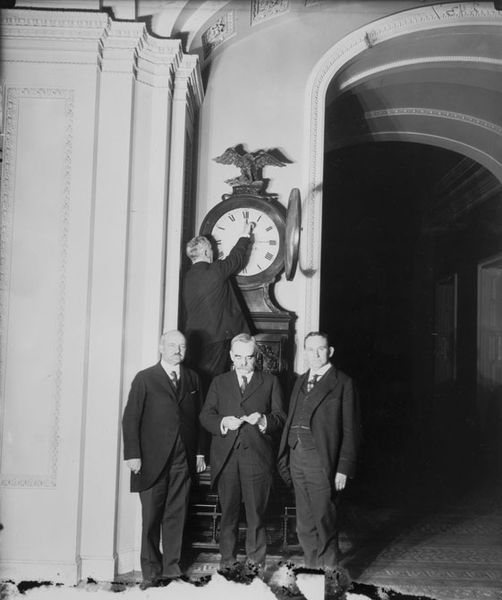
Figure 1 – The Great Ohio Clock in the United States Senate being set forward in 1918 for the first daylight savings day. In the public domain because it was taken by a US government employee.
On Friday I had my last drive home from work in the light until next March. Fall back to Standard Time – hiss, boo to that. They have plunged me into darkness again. So I started wondering, who exactly the evil they is. Needless-to-say it is our otherwise do nothing congress – indeed they have failed to weigh in on this controversy in a while. So I thought that I would do some research. And here’s a major surprise, it’s not a simple story.
During World War I DST was enacted by congress in the United States with the Standard Time Act of March 19, 1918. This established time zones and set DST to begin on March 31, 1918 and end on October 27, 1918. This was not a popular concept and congress actually had to override President Woodrow Wilson’s veto. Even so, DST was a state by state option until World War II when President Franklin Roosevelt instituted year-round DST, which he called “War Time”, on February 9, 1942. It lasted until the last Sunday in September 1945. After 1945 things went back to state by state, and worse each state could decide on the inclusive dates. What a confusion especially for trains and buses and airplane schedules.
Indeed, it was the transportation industry that lobbied successfully for passage of the Uniform Time Act of 1966 (P.L. 89-387). Then in 1973 during the oil embargol Congress, in an effort to conserve fuel, enacted a trial period of year-round DST.
In 1986, Congress enacted P.L. 99-359, amending the Uniform Time Act by changing the beginning of DST to the first Sunday in April and having the end remain the last Sunday in October. Then in 2005 the Energy Policy Act of 2005 extended DST to begin on the second Sunday of March and ends on the first Sunday of November. And there basically we are. I know, I know, what a big yawn.
But here we are on the verge of a very historic election. So it is relevant to share the photograph of Figure 1, which shows the Great Ohio Clock on the first daylight savings day in 1918. This Ohio Clock has, since 1859, been in or near the United States Senate Chamber. Shown are: Senate Sergeant at Arms Charles P. Higgins turning the Ohio Clock forward, Senators William M. Calder, Willard Saulsbury, Jr., and Joseph T. Robinson. Think of it, that clock summoned the United States Senate into session in time of great national crisis, the American Civil War, World War I, World War Two, and 9/11. After the Republican victory in the mid-term elections of 2010, Senate Majority Leader Mitch McConnell proudly announced his agenda. ““The single most important thing we want to achieve is for President Obama to be a one-term president.” Didn’t work out so well, I guess. But really, for any of us. Here’s the thing, discord was spread on all sides, and The Ohio Clock stopped at 12:14 pm on October 9, 2013. The curators who cared for the great clock were furloughed due to the government shutdown. I am reminded of Goethe’s Faust describing his own end and suggest that we all think on Tuesday of this tragic figure, who made a pact with the devil.
“Die Uhr mag stehn, der Zeiger fallen,
Es sei die Zeit für mich vorbei!”
“The clock may stop, the clock-hands fall,
And time come to an end for me!”
The ribbon as world-line
I took the IPhone photograph of a ribbon of Figure 1 a while back, and my thought at the time was of a very simple geometric pattern. That is to say, I thought of it as a picture of a ribbon. But the constraints of taking the Image brought in all the extraneous background objects. When I “did up” the image, I realized that the extraneous was, for good or bad, part of the composition and I wasn’t really sure which way the scale tipped. Having achieved a pleasing dynamic range in pure black and white,it has been sitting on my computer for a week or so. Finally, I have decided that there is some merit to it. You can agree or disagree. I decided in the end that some of the background images particularly the pedestals added geometric merit. The combination of ribbon and pedestals creates a sense of cascade without, I hope, being too contrived and dramatic, I see a metaphor of the ribbon as world-line (there’s Minkowski again) guiding the eye, in this case, through complexity.
Club moss – Diphasiastrum digitatum
The most obvious feature, as I walk in the woods now, is the lost leaves on the ground and the opening of the light onto the forest floor. It can be both dramatic and beautiful. So I find myself looking downward – always a good idea if you don’t want to fall on your face or have your ankles become so much snake food, and one of the things that I have spotted are the delicate club mosses of Figure 1. This is Diphasiastrum digitatum also known as groundcedar, running cedar or crowsfoot. What they really look like are miniature pine trees which they are not. But they were once widely distributed as a form of Christmas greenery – indeed, almost to the point of decimation. The lycophytes themselves have survived longer than the profession of lycophyte-picker. And, of course, your mind lapses into images of prehistoric forests. These have been around for a very long time.,
What I remember most fondly about the club mosses is that my father taught me, when I was in the Boy Scouts, that you could use these little plants to scrub out your pots and pans. They were in essence “nature’s own Brillo pads.”
You will note in Figure 1, how the lower plant has at about 3 o’clock a little brown shoot. This is the fruiting body that produces spore. I pulled gently at one and there was a microcloud of dusty release. We have, in fact, previously spoken about these oily spore. Because of their combustibility and high surface to volume ratio, this Lycopodium powder, used as an early flash-powder for photography. While they exploded on ignition they were still a lot safer than magnesium powder.


